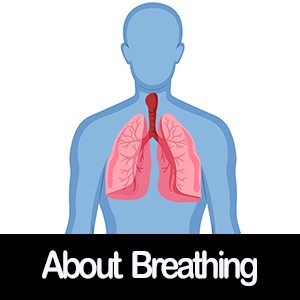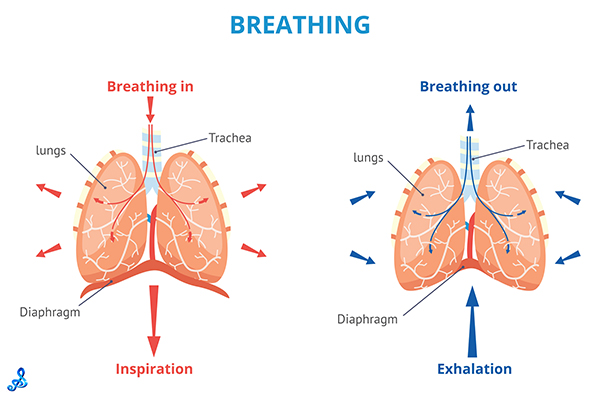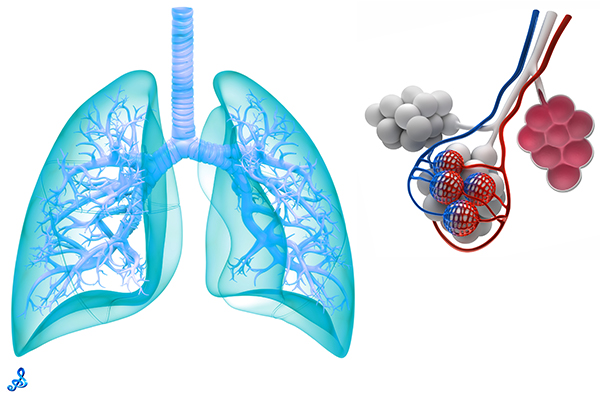About Breathing
About Breathing

One of the cornerstones of learning to sing is knowing how to breathe correctly and learn to control your breathing in order to be used for maximum effect as you sing.
Babies can breathe, yell and scream with optimum effect because they use their lungs without conscious thought. However, as we grow older, we tend to fall into bad habits, get lazy and only use the upper part of our lungs. We take shallow breaths more often rather than a deeper, more natural breath which fills our lungs with air.
To understand how correct breathing and breath control works, first you need to understand the process that breathing involves:

Inspiration (breathing-in)
Breathing is controlled by your brain and your diaphragm. The diaphragm is a large (upside down bowl shaped) circular ring of muscle which sits at the bottom of your lungs, just above your tummy. It is attached to the lower rib cage at the front and spine at the back.
During inhalation, the brain sends a signal to the diaphragm. The muscle contracts and is pulled downwards (flatten its bowl shape), gently pressing on the the stomach and intestines.. This in turn, increases the space within the lungs and creates a slight vacuum effect inside the chest cavity. Air is naturally drawn into the lungs via the nose and mouth to fill this void.
Inside the lungs there are lots of branches (bronchial tubles) which end with the alveoli sacs. The air is drawn down to these alveoli sacs. Their membranes are very thin and have a large network of blood capillaries covering them. It is here is where the gaseous exchange takes place: The waste carbon dioxide rich blood is exchanged for a fresh supply of oxygen. This oxygenated blood then travels back towards the heart to be pumped around the body.

Exhalation (breathing-out)
Within a few seconds of contraction (breathing in), the diaphragm muscle relaxes and slowly moves back to its original dome-like position. This decreases the space within your chest cavity and gently pushes the excess air back out of your lungs. You are always left with a small volume of air within your lung cavity, so that the gaseous exchange between your blood and the membranes of the alveoli sac is continuous.
Breathing is essentially an autonomic reflex, that means it is controlled by your brain and does it without you having to think about it. However, you do have some control over your breathing,: enabling you to hold your breath, speak a sentence, or sing a phrase of a song before your brain takes back control.
How fast you breathe depends on your body’s oxygen requirements. If you were to start running, your muscles would require more oxygen to create the energy needed for you to run. The muscles send a chemical signal to your brain, and your brain in turn will send signals
a) to your diaphragm to contract quicker (breathing faster and harder) and
b) for your heart to start beating faster.
Together your heart and lungs work to give all your body parts the oxygen it requires.

